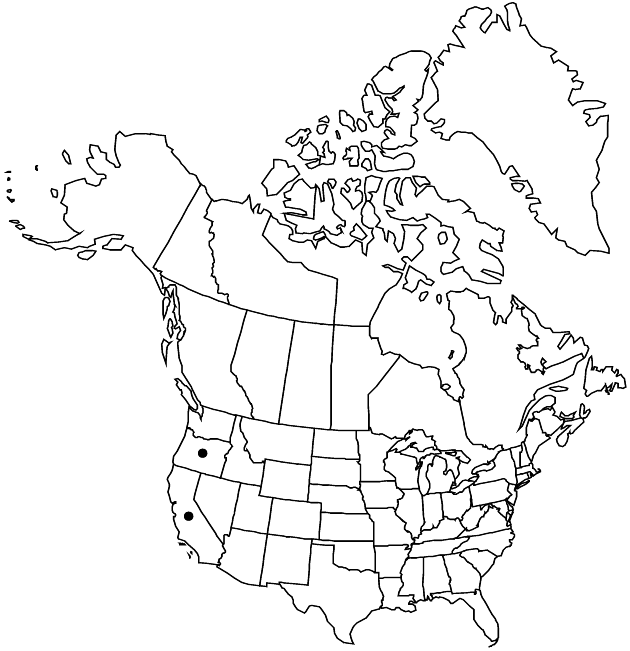Difference between revisions of "Balsamorhiza lanata"
Phytologia 85: 20. 1999.
FNA>Volume Importer |
FNA>Volume Importer |
||
| Line 53: | Line 53: | ||
|publication year=1999 | |publication year=1999 | ||
|special status= | |special status= | ||
| − | |source xml=https://jpend@bitbucket.org/aafc-mbb/fna-data-curation.git/src/ | + | |source xml=https://jpend@bitbucket.org/aafc-mbb/fna-data-curation.git/src/f50eec43f223ca0e34566be0b046453a0960e173/coarse_grained_fna_xml/V19-20-21/V21_227.xml |
|tribe=Asteraceae tribe Heliantheae | |tribe=Asteraceae tribe Heliantheae | ||
|subtribe=Asteraceae (tribe Heliantheae) subtribe Ecliptinae | |subtribe=Asteraceae (tribe Heliantheae) subtribe Ecliptinae | ||
Revision as of 20:35, 16 December 2019
Plants 10–20(–30) cm. Basal leaves: blades white to grayish, lanceolate to linear-oblong, 10–20 × 3–6(–8) cm (1–2-pinnatifid, primary lobes lance-linear to oblong, mostly 5–40 × 1–10 mm, secondary lobes or teeth antrorse, divergent), bases cuneate to truncate, ultimate margins mostly entire (± revolute), apices rounded to acute, faces densely lanate-tomentose to villous. Heads borne singly. Involucres ± hemispheric, 12–20 mm diam. Outer phyllaries lanceolate to linear, 10–20 mm, sometimes surpassing inner, apices acute to attenuate. Ray laminae (10–)15–20 mm (abaxially puberulent or glabrous).
Phenology: Flowering Apr–May(–Jun).
Habitat: Roadsides, grassy slopes
Elevation: 700–1500 m
Discussion
Of conservation concern.
Balsamorhiza lanata is known from a relatively restricted area in northern California and southern Oregon. No hybrids between it and other species have been noted.
Selected References
None.
